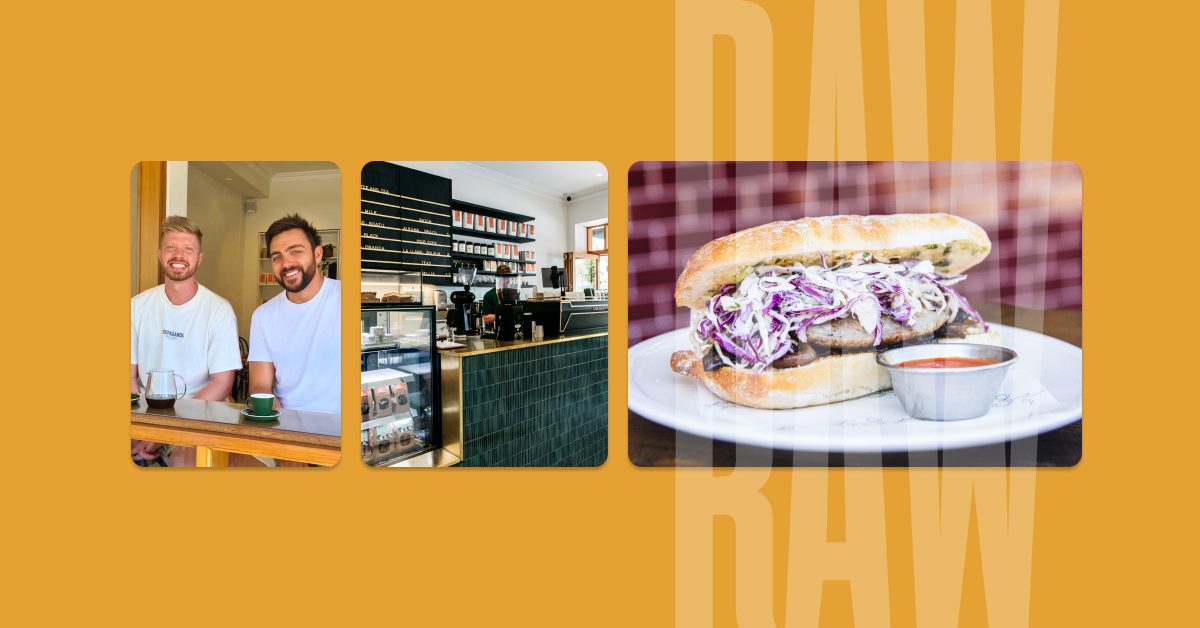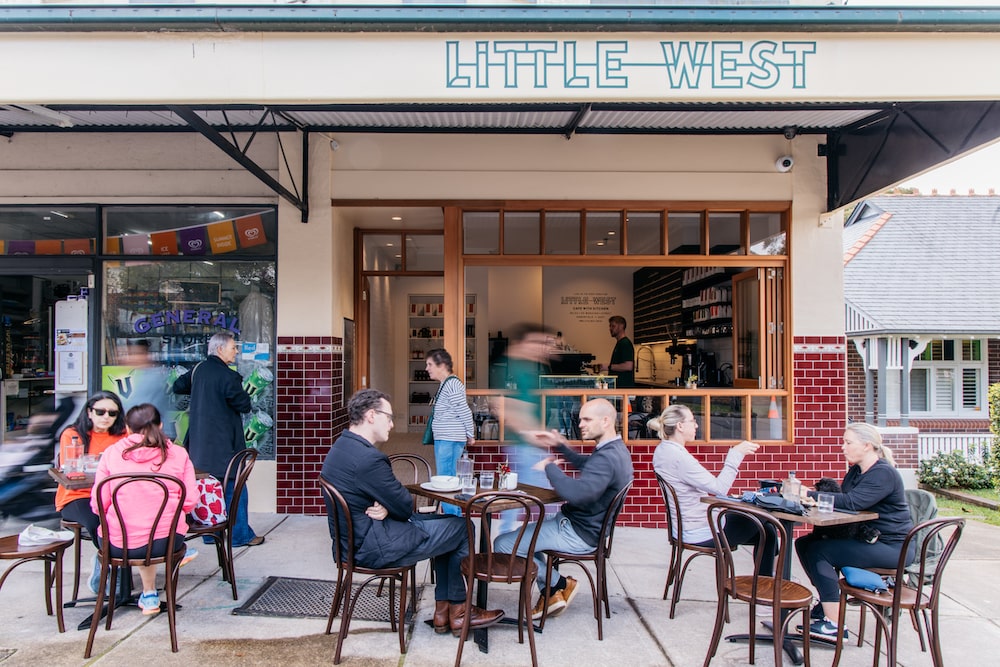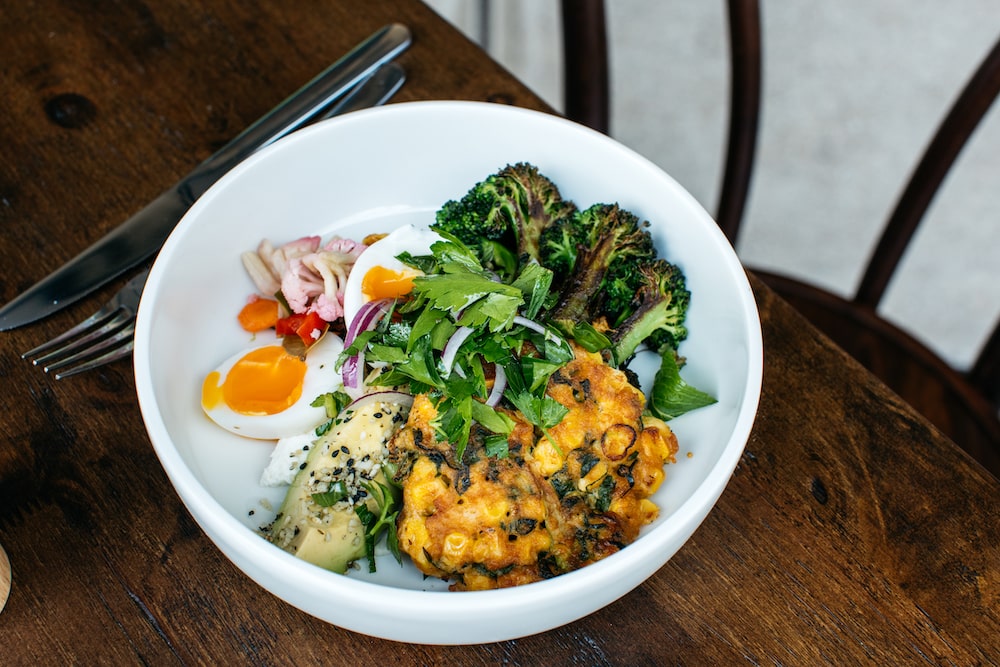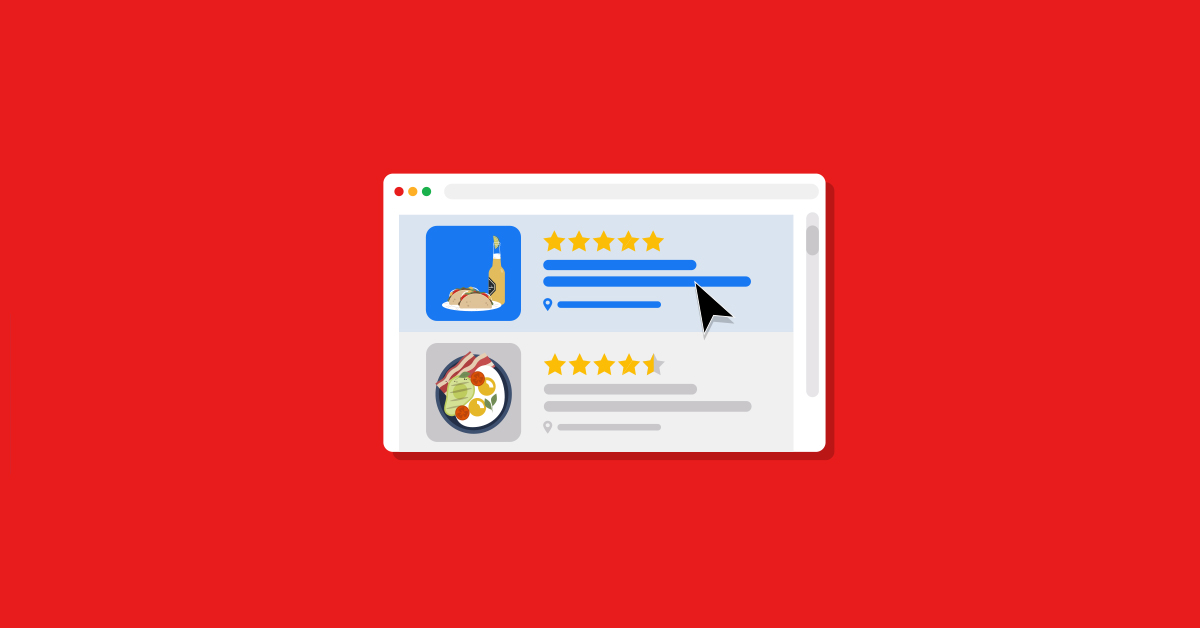
Spearheaded by cousins Joshua and Sebastian, The Major Venues group has quickly grown to three cafes in a few short years. With Little West and Applegum Espresso much loved by their local communities for great coffee, food, and service and new venue, Somewhere North is opening soon.
Their secret to success?
Keeping it simple and understanding their demographic to tailor each venue’s experience.
We sit down with Co-Owner (and former Lightspeed VP of Customers) Joshua Harrison to discuss the importance of understanding your local demographic to tailor your concept and why diving into your data will set you up for success.
Location, location, location
The hospitality industry in Australia is highly competitive, particularly if you run a cafe. To stand out from the crowd and succeed, Josh believes you’ve got to choose your market wisely and stick to your strategy.
“We don’t want to be a soup of the day cafe… a venue that is trying to be everything to everyone all the time. People don’t remember it for any particular reason.”
Instead, Josh firmly believes that for a cafe to thrive and grow, it needs to mould to its surroundings and cater to the needs of the local demographic.
Just because one concept works wonders in one location doesn’t mean it’ll be a roaring success in another.
Take Applegum, for example – located near a metro station, it needs to offer quick and convenient options for commuters and those in a rush to catch a train.
“It’s a transit cafe. It’s in a station, which means you need to have a really tight offering, and you need to nail that offering.”
“You don’t start doing a full fried burger with chips. You don’t start offering soups. You’ve got to stick to what the area is actually going to need.”
On the other hand, while Little West is located on a main street, it’s not a busy thoroughfare and can’t merely rely on heavy foot traffic like Applegum.
Instead, Little West aims to cater to the local market, those who reside nearby or work from home.
“We’ve only got 18 seats, so there’s no conceivable world where we can make this business successful if all we do is overcomplicated top toast that looks good on Instagram. That just attracts a Saturday and Sunday crowd.”
“So we committed to this idea of having light, fresh, healthy menu items that were an accessible price point so that Monday to Friday locals are the backbone of the business.”

Tailor your concept
Josh believes that having a different strategy for each cafe, based on location and local demographics, has been a key driver in their success – and aspiring cafe owners should scope out a location before deciding on a concept.
“Hospitality, in some ways, has become a very difficult business to succeed in.”
“We’re seeing fewer venues open, but of higher quality. And people are leaning into having a concept, or they’re tailoring to a particular kind of audience instead of everyone just doing the same stuff.”
In such a competitive industry, nailing your concept and tailoring it to your local demographic will set you up for success from the get-go.
“Make sure whatever you put into the venue matches where you’re actually putting it.”
In other words, it’s crucial to ensure your venue and concept are completely in sync with your surroundings and the type of people in the local area.
“It’s not so much about one location will succeed and one won’t. It’s just recognising you need to change the concept based on the location and commit to that.”
Don’t overcomplicate it
“You just shouldn’t be in business if you don’t want to make great things all the time.”
However, making great things consistently doesn’t have to be complicated, and focusing on quality and simplicity is the best way to keep customers coming back time and again.
With this in mind, Josh and the team were determined to reflect this philosophy in their menus – the food needed to be delicious, consistent and simple enough to produce quickly.
“Don’t overcomplicate it. The idea of the Instagram-ready food that’s got 73 garnishes and colourful dust on it. You want your food to be good looking, but people care about flavour, they care about consistency, and they care about speed.”
While overcomplicated, Instagramable food can bring people into your venue, it doesn’t guarantee that people will return – especially if you have to wait an age to get your food.
“No one wants to go to a cafe on the weekend and wait 45 minutes for something that looks completely overwrought… there is a demographic that likes that, but they’re not going to be interested in you in two weeks. They’re going to the next one. You’re on their bucket list.”
Instead, Josh believes you need to craft an experience customers can’t easily find elsewhere.
“You want people who go, there’s something I can get from that venue that I can’t get anywhere else in the world.”
And what you do doesn’t have to be revolutionary as long as it’s well thought out, consistent and tailored to the needs of your specific demographic.
“It could just be a slight twist on a classic. And it could be a smile from the person making you a coffee… It doesn’t really matter which, as long as you make it well.”

Digging into demographics
It’s clear when Josh speaks that he and his business partner Sebastian are passionate about data and interpreting insights to ensure the best for the business.
Their passion for data extends far beyond their business insights, and they’ve used everything from census results to Facebook groups to gather demographic information on the areas around their cafes.
“Just recently, we went from the 2016 to the 2021 census. And that gives you some really useful information and things that you maybe wouldn’t think about.”
Digging into census data empowered Josh and Sebastian to hone in on the best area to open a new cafe.
“Somewhere North, where we’re opening, has one of the lowest rates of mortgage in the sense that most people have paid off their houses. Which means they’re not going to be impacted by [interest rate rises], and that means they’re going to have high discretionary income.”
They also looked at statistics around university degrees, dual-income households and the age of children within households.
“There’s a whole bunch of things you can get from the census in about five minutes on Google for basically any suburb. And that starts to dial in your understanding of an area pretty quickly.”
Josh also recommends joining local Facebook groups to better understand the types of people in a certain area. The next step is to get out and visit the location and chat with locals to get a real feel if it’s the right place for a new business.
“Facebook groups are a great place to start to get a read on what the people are like… Then you just take some time to go out there, talk to some locals.”
“So there’s a bunch of data you can just get that’s pretty easily and publicly available.”
Make changes with confidence
As well as utilising external data to help make informed decisions for the business, Josh also uses internal insights to constantly make tweaks and improvements.
“In the last four months, we’ve cycled through four or five of our hero items, which is about 40%, 50% of the menu. And most of that was driven by data.”
While most business owners have a pretty good grasp of what’s working and what isn’t within their venue, making changes shouldn’t boil down to an educated guess or gut feeling.
Instead, Josh uses data from his point of sale to ask important questions before committing to making any changes.
“What are we wasting? What are we making? What’s moving? What’s not? What’s seasonal?”
Armed with this information, it’s easier for Josh and the team to make changes with confidence. Backed by data, Josh knows he’s making the right decisions that will positively impact the business and his customers.
“The other part of data is making sure you know what you’re selling and what it costs and be ruthless about changing it if you need to. Not changing it to the whim of the customer, changing it to meet the needs of the customer.”
Empowering the team with insights
Data and insights play an instrumental role in the successful running of The Major Venue’s cafes. Part of that success is down to the open sharing of data between team members so they are empowered with the right information to excel in their roles.
“As a business owner, you want to empower those people to make good decisions. So you need to make sure you give them at least some level of data.”
Josh and the team use data from Lightspeed’s Insights Live app to track important business metrics – from understanding when the cafes are busy, when they’re quiet and how they’re tracking.
They also dig deeper into the data to understand how well certain products are selling and if there’s a chance for optimisation.
“We look at our whole mix of hot beverages and cold beverages. We want to look at food that’s made to order versus food that we have prepared ahead of time versus food we buy in. Where are we making our money, and when are we selling that during the day?”
From the data, it’s then easy for the team to make profitable decisions to help streamline business operations.
“If we know we’re selling a lot of our pre-made food at this time. Do we need two people in the kitchen?”
“So it’s really using the data to understand what’s selling when it’s selling and how to tailor your offering and your labour to that.”
Josh also uses sales data to identify training and development opportunities for his team.
“It’s really important to understand who’s selling what, because the ability to upsell varies… So tracking the performance of different products for a given person who’s doing the same job.”
“Is that person moving that product that other people are? That’s how you identify training opportunities if you want to drive improvements.”
Listen to Raw Podcast
Listen to Josh’s full interview on using data insights to grow multiple locations with confidence.
Check out the other episodes of Raw Podcast, where we dive into the highs and lows of hospitality with business owners, managers & chefs who have been in the thick of it, love what they do and wouldn’t trade it for the world.

News you care about. Tips you can use.
Everything your business needs to grow, delivered straight to your inbox.


